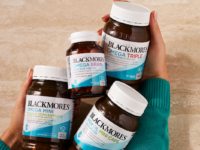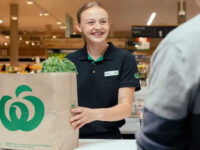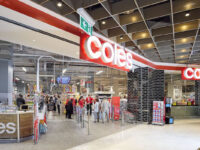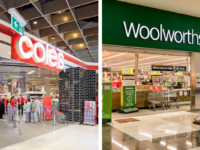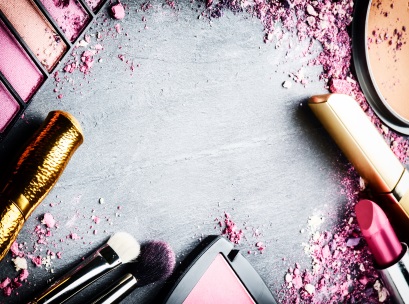 Apart from local cosmetics retailers and French giant Sephora, pharmacies have attracted more cosmetics customers than any other kind of store, the latest Roy Morgan Research revealed.
Apart from local cosmetics retailers and French giant Sephora, pharmacies have attracted more cosmetics customers than any other kind of store, the latest Roy Morgan Research revealed.
Between 2006 and 2016, the overall proportion of Australian women buying cosmetics in an average six months has remained fairly stable (barely shifting from 51.5% to 50.5% in 10 years).
But there have been some noteworthy changes in where they purchase them, with pharmacies (19.1%, up from 15.1%) and — to a much lesser extent — supermarkets and department stores gaining popularity. In contrast, fewer women are now buying cosmetics from discount department stores than they were in 2006.
“The Australian (not to mention global) beauty industry is a totally different beast to what it was just a decade ago. Not only is there an increasing proliferation of niche brands specialising in everything from all-organic ingredients to specific products only—but social media has changed the way women interact with brands. Celebrities and other ‘influencers’ share their favourite make-up techniques and products via Instagram, how-to tutorials abound on YouTube, and the pressure to look good in ‘selfies’ is an undeniable factor influencing younger women’s purchases,” Michele Levine, CEO, Roy Morgan Research said.
“Add to this the rise of internet retailers such as Adore Beauty and Strawberry.com, who offer the convenience of online shopping, frequently at discounted rates, and the landscape becomes even more competitive.”
Prestige cosmetics super-stores such as the aforementioned Sephora and Australia’s own MECCA fall under the ‘Other’ category (although MECCA’s concession stores in Myer would fall under department stores), which has lost some ground in the last decade, from 9.6% to 7.7%.
“Against this shifting backdrop, pharmacies remain the most popular place for Aussie women to buy make-up, with nearly one in every five making their last cosmetics purchase at one. But like all retailers, they’ve had to adapt to the digital age to remain relevant: Priceline’s Instagram feed, for example, is heavily cosmetics-focused, while their website has a dedicated ‘Beauty School’ section containing videos and step-by-step lessons,” Levine said.
In the past six months, some 840,000 Australian women made their last make-up purchase at a Priceline store, making it the country’s most popular pharmacy for cosmetics by far. Viewing Priceline’s make-up customers through the lens of Roy Morgan’s ground-breaking consumer profiling tool Helix Personas reveals that young women from the cashed-up, socially active Metrotech community are more likely than those from any other Helix community to buy cosmetics from the chain. Metrotech women are also more likely than their counterparts from other Helix communities to purchase make-up from Chemist Warehouse.
“Yet despite the impact digital and social media have had on the cosmetics sector, retailers need to be aware of the growing consumer trend towards ‘retailtainment’ rather than a simple transaction. Once again, Priceline is leading the way, and offers free personalised consultations with their resident beauty advisors. But beauty superstores such as Sephora and MECCA, as well as department store concessions, also stand to benefit from this trend, being perfectly placed to fulfil their customers’ desire for an in-store ‘experience’ with make-up artists and hands-on product testing,” Levine added.
Of the supermarkets, Coles is the most popular for cosmetics, with nearly 600,000 Australian women making their last purchase there, just ahead of Woolworths (565,000). While Metrotechs are once again more likely than the other Helix Communities to shop for make-up at Coles, women from the outer-suburban, hard-working Aussie Achievers community are the most likely to buy their cosmetics from Woolworths—and indeed, from supermarkets in general.



